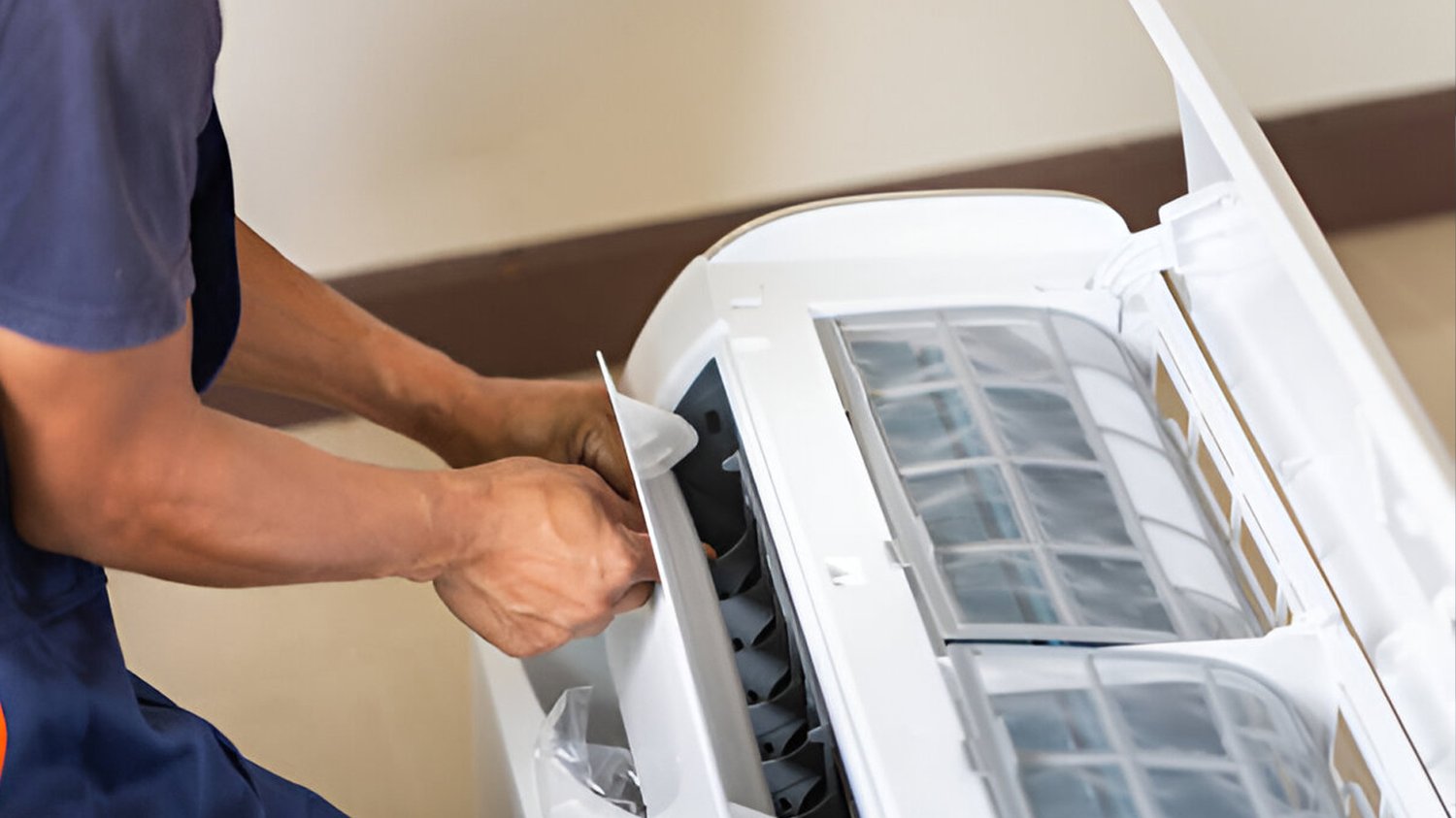Air Conditioning Parts 101: Basics for Effective Maintenance
When it comes to air conditioning systems, regular maintenance is crucial to ensure optimal performance and longevity. One important aspect of maintenance is understanding the basics of air conditioning parts. In this article, we will break down the essential components of an air conditioning system and provide tips on how to maintain them to achieve the best results.
The Compressor
The compressor is one of the most critical components of an air conditioning system. It is responsible for compressing the refrigerant gas and pumping it through the system. Without it, your AC unit will not function. A compressor that is not functioning efficiently can cause various issues, including low cooling capacity and high electricity bills. Regular maintenance of the compressor includes checking the refrigerant levels, lubrication, and cleaning the coils.
The Condenser
The condenser is responsible for dissipating the heat that is removed from the air inside your home. It is located outside and works by releasing the hot air into the atmosphere. The condenser is prone to getting clogged with dirt and debris over time, which decreases its efficiency. Regular maintenance includes cleaning the fins and coils and ensuring that there is enough clearance around the unit for proper airflow.
The Evaporator
The evaporator is responsible for removing the heat and humidity from the air inside your home. It is located inside the air handler and works by absorbing the heat from the air and then releasing it outside. Maintenance of the evaporator includes cleaning the cooling coils and checking the drain pan and lines for any clogs or leaks.
The Thermostat
The thermostat is the control panel that allows you to adjust the temperature and settings for your air conditioning system. The thermostat should be checked regularly to ensure that it is working correctly and is accurately calibrated. A malfunctioning thermostat can cause your AC unit to work less efficiently and can lead to higher energy bills.
The Air Filter
The air filter is responsible for filtering out dust, dirt, allergens, and other pollutants from the air that circulates in your home. A dirty air filter can impair your AC system's performance and lead to poor indoor air quality. It is essential to replace the air filter regularly, typically every 30-60 days, depending on your usage and environment.
The Blower Motor
The blower motor is responsible for circulating the air inside your home through the air conditioning system. A faulty blower motor can cause your system to work inefficiently, resulting in poor performance and higher energy bills. Regular maintenance of the blower motor includes lubrication, checking the belts, and cleaning the fan blades.
The Electrical Components
The electrical components of an air conditioning system include fuses, capacitors, relays, and wiring. These components can wear out over time and lead to system malfunctions. Regular maintenance includes checking the electrical connections, cleaning or replacing the capacitors and relays, and testing the fuses.
The Ductwork
The ductwork is responsible for distributing the conditioned air throughout your home. Leaks or damage in the ductwork can lead to energy loss and poor indoor air quality. Regular maintenance includes checking the ducts for proper insulation, sealing any leaks or cracks, and cleaning the ducts to remove dust and debris.
The Coils
The coils are responsible for transferring heat between the inside and outside of your home. Over time, the coils can become dirty and clogged, leading to decreased efficiency and poor performance. Regular maintenance includes cleaning the coils and ensuring they are free from dirt and debris.
The Fan
The fan is responsible for blowing air over the coils to dissipate heat. A malfunctioning fan can cause your AC system to work inefficiently and lead to higher energy bills. Regular maintenance of the fan includes cleaning the blades and checking the alignment and balance of the fan.
Conclusion
Air conditioning systems are complex machines that require regular maintenance to ensure optimal performance. By understanding the basics of air conditioning parts, you can help extend the life of your system and avoid costly repairs. If in doubt, always consult a professional technician to ensure your system is running efficiently.

